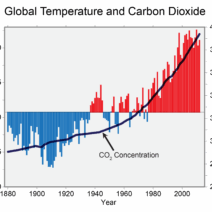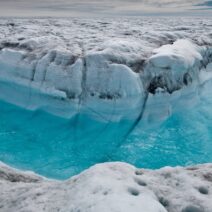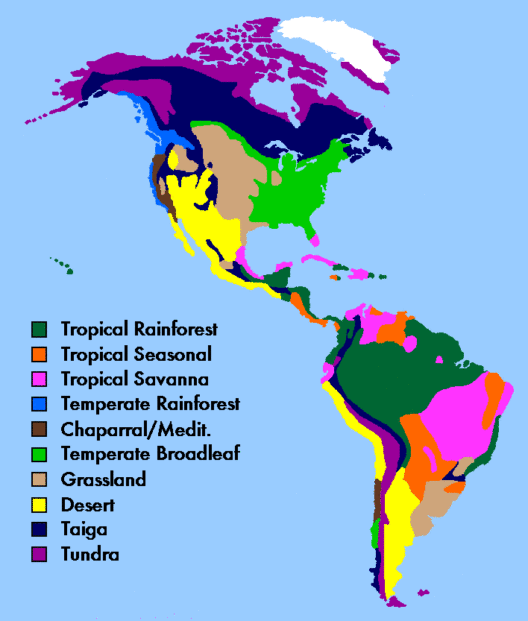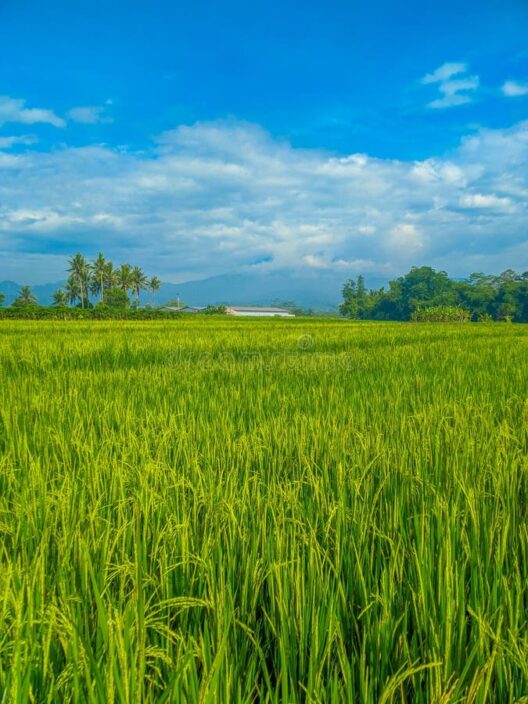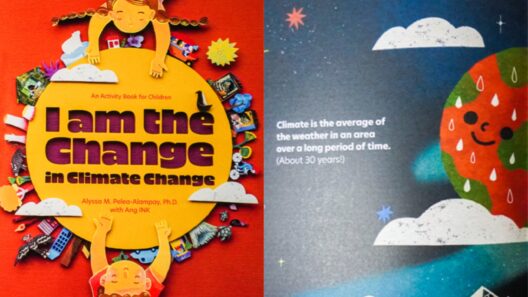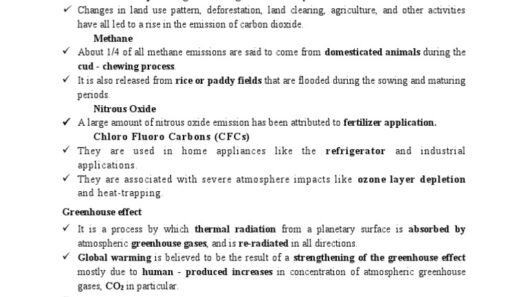Cuba, a breathtaking island nestled in the Caribbean Sea, is famed for its sun-soaked beaches, vibrant culture, and rich history. However, have you ever paused to ponder what truly characterizes Cuba’s climate? It’s a complex tapestry woven from warmth, moisture, storms, and the rhythmic cadence of tropical weather. As the globe grapples with climate change, understanding the nuances of Cuba’s climate becomes not only intriguing but also crucial for future travel and sustainability efforts. What if, for a moment, you were to question whether these idyllic Caribbean conditions can withstand the pressures of a changing climate?
The climate of Cuba is classified as tropical, characterized predominantly by two distinct seasons: the dry season and the rainy season. The dry season typically spans from November to April, when the weather is predominantly sunny and dry, enticing tourists from across the globe. During this period, temperatures range from a comfortable 70°F to the mid-80s°F (around 21°C to 30°C). The cool, bracing winds from the north contribute to the delightful experience, making it a favored time for beach-goers and sun-seekers. But, does this seasonal charm mask an underlying vulnerability to climate fluctuations?
In stark contrast, the rainy season runs from May to October, marked by the delightful yet erratic summer showers that can transform the landscape. Precipitation levels surge, often reaching up to 1500 millimeters annually, particularly during the heaviest months of June through August. Nonetheless, even amidst the downpours, the temperatures remain high, often exceeding 90°F (32°C). The juxtaposition of sun-drenched mornings and tempestuous afternoons poses an intriguing question: How resilient is the natural environment when faced with this potent mix of intense sunlight and torrential rains?
While the weather patterns seem predictable, tropical storms and hurricanes pose significant challenges. Most active between August and October, these storms can unleash extraordinary amounts of rain and wind, wreaking havoc on the coastal communities and ecosystems. In the past two decades, hurricane seasons have shown a worrying trend of increased severity, further exacerbated by the overarching effects of climate change. With rising sea levels and warming ocean waters, the very essence of Cuba’s idyllic climate faces a formidable challenge. Are the islands prepared to combat these treacherous storms, or will they succumb to the whims of nature?
Despite these climatic challenges, Cuba possesses a remarkable ability to rebound from disasters. Local communities often demonstrate exceptional resilience, employing sustainable practices that prioritize ecological preservation. The cultivation of crops, such as coffee and tobacco, often utilizes organic farming methods, which reduce chemical runoff and encourage biodiversity. This illustrates a dual nature of climate in Cuba: a stunningly beautiful, yet unpredictable system that demands respect and understanding. However, will these practices remain sustainable as climate change accelerates?
A significant aspect of Cuba’s climate is the influence of its geographical location. Positioned at the nexus of various ocean currents, the island’s weather is moderated by interactions with both the Caribbean Sea and the Gulf of Mexico. This unique positioning not only enhances the region’s natural beauty but also renders it susceptible to shifts driven by global climatic transformations. As ocean temperatures rise, the patterns of rainfall and the frequency of extreme weather events could change dramatically. Thus, one must consider: What adaptations will be necessary to ensure that Cuba thrives amidst these potential upheavals?
Moreover, Cuba’s diverse ecosystems, from lush mountains to coastal wetlands, play a pivotal role in moderating its climate. The Sierra Maestra mountain range, for instance, acts as a barrier that influences rainfall distribution across the island. Similarly, the coastal mangroves serve as natural buffers against storm surges, while also promoting biodiversity. Protecting these ecosystems becomes imperative, not only for preserving Cuba’s natural allure but also for ensuring ecological stability. As tourism, a cornerstone of the Cuban economy, grows, how can conservation efforts be integrated into development to protect these vital resources?
Engagement with climate advocacy and sustainable practices extends beyond the borders of Cuba. By understanding the island’s climatic intricacies, global travelers can make informed decisions, supporting eco-friendly practices that contribute to long-term sustainability. Whether it is patronizing local businesses that emphasize sustainable tourism or participating in tree-planting initiatives, each action can have a lasting impact. But as eco-conscious travelers, is there enough awareness about the implications of tourism on fragile ecosystems like those in Cuba?
In conclusion, Cuba’s climate is a delightful blend of sunshine, storms, and vibrant Caribbean vibes. As the island faces the dual challenges of increasing climatic shifts and storm volatility, the critical question emerges: Can both its natural beauty and cultural richness endure in the face of change? Encouraging sustainable practices and enhancing community resilience may hold the key to thriving amidst adversity. Despite the uncertainties that loom on the horizon, the enchanting allure of Cuba remains—a testament to nature’s marvels and the resilience of its people. Understanding and respecting this delicate balance is essential as we navigate the complexities of a warming world, infused with the sun-drenched spirit of this lively island.

